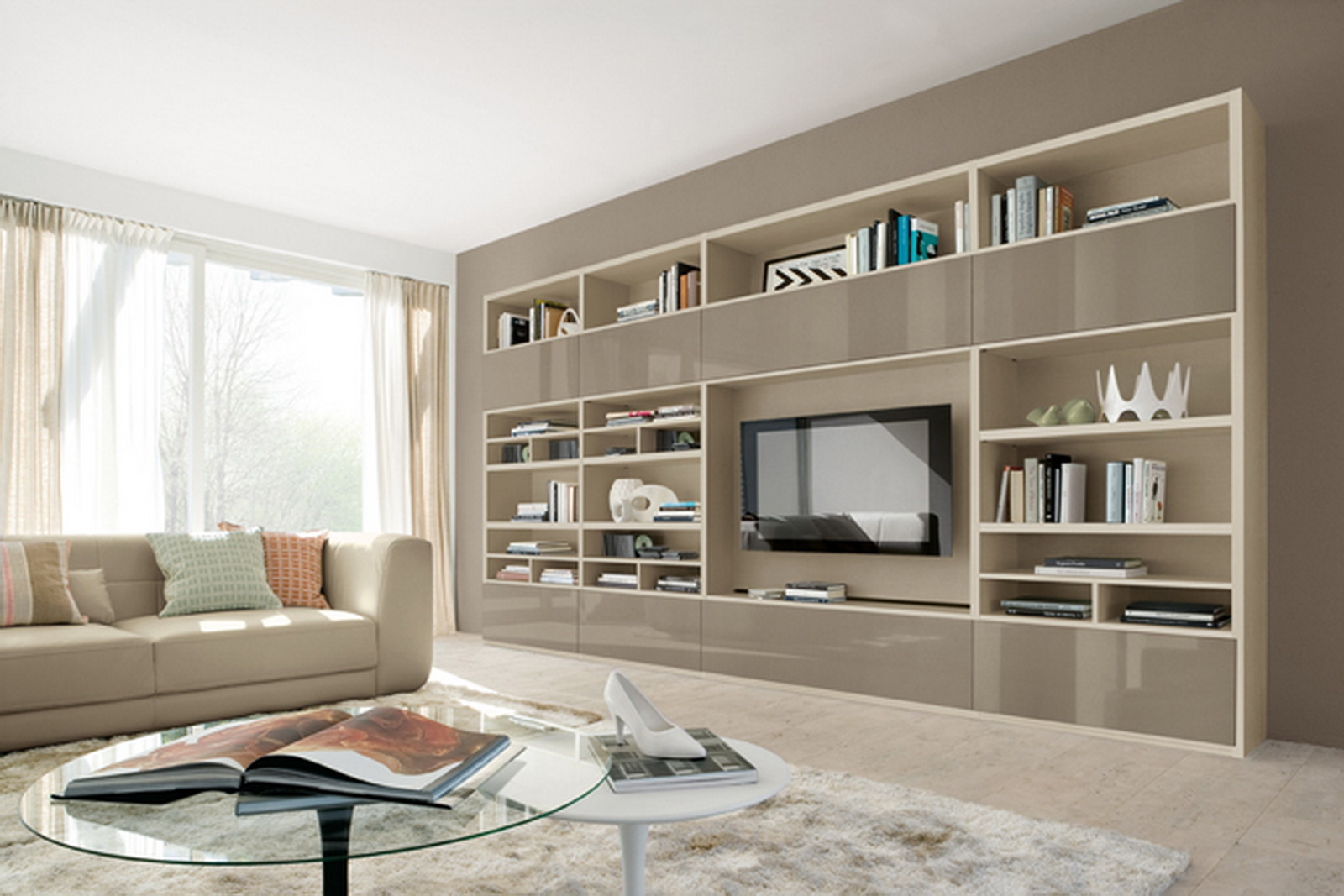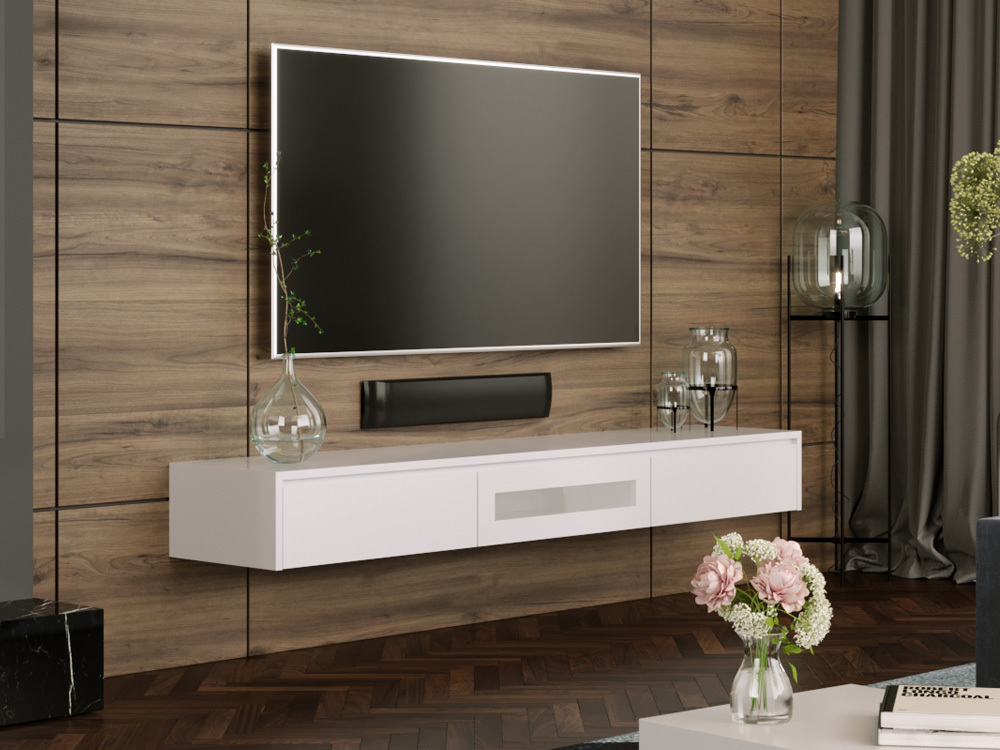Types of Hanging Cabinets

Hanging cabinets offer a practical and stylish solution for maximizing storage space in any room. They come in various styles, materials, and sizes, allowing you to choose the perfect fit for your needs and aesthetic preferences.
Types of Hanging Cabinets
There are several types of hanging cabinets available, each with its own unique features and benefits.
- Wall-mounted cabinets are the most common type of hanging cabinets. They are typically made of wood, metal, or plastic and are attached to the wall using brackets or screws. Wall-mounted cabinets are versatile and can be used in various rooms, including kitchens, bathrooms, bedrooms, and living rooms.
- Floating cabinets are a popular choice for modern homes. They are designed to appear as if they are floating in mid-air, creating a sleek and minimalist look. Floating cabinets are typically made of wood or metal and are attached to the wall using hidden brackets or supports.
- Open shelves are a simple and affordable option for hanging storage. They are typically made of wood or metal and are designed to display items rather than conceal them. Open shelves are perfect for showcasing decorative items, books, or other belongings.
Hanging Cabinet Materials
The material of a hanging cabinet can significantly impact its durability, style, and cost.
- Wood is a classic and popular material for hanging cabinets. It is durable, aesthetically pleasing, and can be stained or painted to match any décor. However, wood cabinets can be more expensive than other materials and require regular maintenance to prevent damage from moisture or pests.
- Metal is a durable and affordable option for hanging cabinets. Metal cabinets are typically made of steel or aluminum and are resistant to rust and corrosion. They are also easy to clean and maintain. However, metal cabinets can be less aesthetically pleasing than wood cabinets and may not be suitable for all décor styles.
- Plastic is a lightweight and affordable option for hanging cabinets. Plastic cabinets are typically made of PVC or acrylic and are resistant to moisture and mildew. They are also easy to clean and maintain. However, plastic cabinets may not be as durable as wood or metal cabinets and may not be as aesthetically pleasing.
Hanging Cabinet Features
Hanging cabinets can come with various features that enhance their functionality and style.
| Feature | Pros | Cons |
|---|---|---|
| Adjustable shelves | Allow you to customize the height of the shelves to accommodate different items | May be more expensive than fixed shelves |
| Soft-close doors | Prevent doors from slamming shut, reducing noise and wear and tear | May be more expensive than standard doors |
| Integrated lighting | Provides illumination inside the cabinet, making it easier to find items | May increase the cost of the cabinet |
Hanging Cabinet Functionality

Hanging cabinets are a brilliant way to maximize space in any room, especially in smaller apartments or homes. They allow you to utilize the vertical space that is often wasted, making your living areas more functional and organized.
Maximizing Space
Hanging cabinets are a space-saving solution that can transform any room. They offer a vertical storage solution, making the most of unused wall space. You can create a more organized and efficient environment by keeping items off the floor and easily accessible.
Organizing Different Items
- Clothes: Hanging cabinets are perfect for storing clothes, especially in bedrooms or walk-in closets. You can use them for hanging shirts, dresses, pants, jackets, and other garments, keeping them wrinkle-free and easily accessible. Consider using organizers or dividers within the cabinets to separate items by type or season.
- Books: For book lovers, hanging cabinets can be a great way to store and display your literary collection. They can be installed in libraries, living rooms, or even bedrooms, providing an attractive and organized solution for your books.
- Kitchen Supplies: Hanging cabinets are a fantastic addition to kitchens, especially for storing dishes, glasses, pots, and pans. They can be installed above countertops or in pantries, keeping these items organized and within easy reach.
Installing and Securing Hanging Cabinets
Before installing a hanging cabinet, it’s crucial to ensure the wall is strong enough to support the weight. This might involve using wall anchors or specialized screws. You can follow these steps:
- Choose the Location: Determine the best spot for your hanging cabinet, considering factors like available wall space, proximity to power outlets, and accessibility.
- Mark the Mounting Points: Use a level to mark the desired location for the cabinet on the wall, ensuring it’s straight and level.
- Drill Pilot Holes: Drill pilot holes at the marked points using a drill bit slightly smaller than the screws you’ll be using. This will prevent the wood from splitting.
- Insert Anchors (If Needed): If your wall requires anchors, insert them into the pilot holes. This will provide extra support for the cabinet.
- Mount the Cabinet: Align the cabinet with the marked points and secure it to the wall using screws or appropriate fasteners. Ensure the cabinet is securely attached to the wall.
- Level and Adjust: Double-check that the cabinet is level using a level. If needed, adjust the mounting points slightly to ensure it’s perfectly aligned.
Bedroom Layout with Hanging Cabinets
Imagine a bedroom with a queen-size bed in the center. On the left side, install two hanging cabinets: one taller and narrower for clothes, and the other shorter and wider for books. To the right of the bed, place a dressing table with a mirror and a small, hanging cabinet above it for jewelry and accessories. On the opposite wall, a desk with a hanging cabinet above for office supplies. This layout maximizes storage space while keeping the bedroom organized and stylish.
| Cabinet Type | Size | Placement |
|---|---|---|
| Clothes Cabinet | Tall & Narrow | Left side of bed |
| Book Cabinet | Short & Wide | Left side of bed |
| Jewelry Cabinet | Small | Above dressing table |
| Office Cabinet | Medium | Above desk |
Hanging Cabinet Design and Aesthetics: Hanging Cabinet In Room

Hanging cabinets are more than just storage solutions; they’re design elements that can significantly impact the overall aesthetic of a room. The right cabinet design can elevate a space, making it feel more cohesive, stylish, and functional.
Impact of Hanging Cabinet Design on Room Aesthetics
Hanging cabinets, when thoughtfully designed and integrated, can transform the look and feel of a room. They can add visual interest, define spaces, and create a sense of balance and harmony.
Cabinet Finishes, Colors, and Hardware, Hanging cabinet in room
The choice of cabinet finishes, colors, and hardware plays a crucial role in determining the overall style of a room.
- Finishes: Finishes like wood, metal, glass, or painted surfaces can create different moods. For example, a rustic wooden cabinet can add warmth to a farmhouse-style living room, while a sleek, polished metal cabinet can bring a modern touch to a contemporary bedroom.
- Colors: Color choices are equally important. Neutral colors like white, gray, or beige can create a clean and airy feel, while bolder colors like navy blue or emerald green can add a pop of personality.
- Hardware: Hardware like knobs, pulls, and hinges can be decorative elements that complement the overall style. Modern cabinets often feature minimalist hardware, while traditional cabinets may have ornate or antique-inspired hardware.
The Role of Lighting in Highlighting Hanging Cabinets
Lighting can dramatically enhance the appearance of hanging cabinets and their contents.
- Under-Cabinet Lighting: Under-cabinet lighting can create a warm and inviting glow, highlighting the cabinet’s contents and making them easier to see.
- Accent Lighting: Accent lighting, such as spotlights or track lighting, can be used to draw attention to specific cabinets or showcase decorative items within them.
- Ambient Lighting: Ambient lighting, like overhead lighting, can create a general sense of brightness in the room, while also illuminating the cabinets.
Visual Representation of a Living Room with a Unique Hanging Cabinet Design
Imagine a living room with a minimalist aesthetic. The walls are painted a soft gray, and the furniture is sleek and modern. In one corner, a unique hanging cabinet stands out. It’s a geometric design, with a combination of open and closed shelves. The cabinet is crafted from walnut wood with a natural oil finish, adding warmth and texture to the space. The open shelves display a curated collection of books, decorative objects, and houseplants. Underneath the cabinet, a strip of LED lighting creates a subtle glow, highlighting the cabinet’s design and its contents. The cabinet seamlessly blends with the room’s decor, adding a touch of elegance and functionality to the space.
Hanging cabinet in room – Hanging cabinets are a great way to add storage and style to any room. If you’re looking for a way to showcase your belongings, consider decorating cabinets with glass doors. Glass doors allow you to display your favorite items while keeping them dust-free and organized.
You can use decorative elements like wallpaper or paint to personalize your cabinets and make them a focal point in your room.
Hanging cabinets can really add a touch of style and functionality to any room. If you’re looking for something a bit more unique, a small pine glass display cabinet can be a great option. These cabinets are perfect for showcasing your favorite items, and they can also add a bit of warmth and character to your space.
Whether you choose a traditional or modern style, a hanging cabinet can be a great way to make your room feel more complete.
